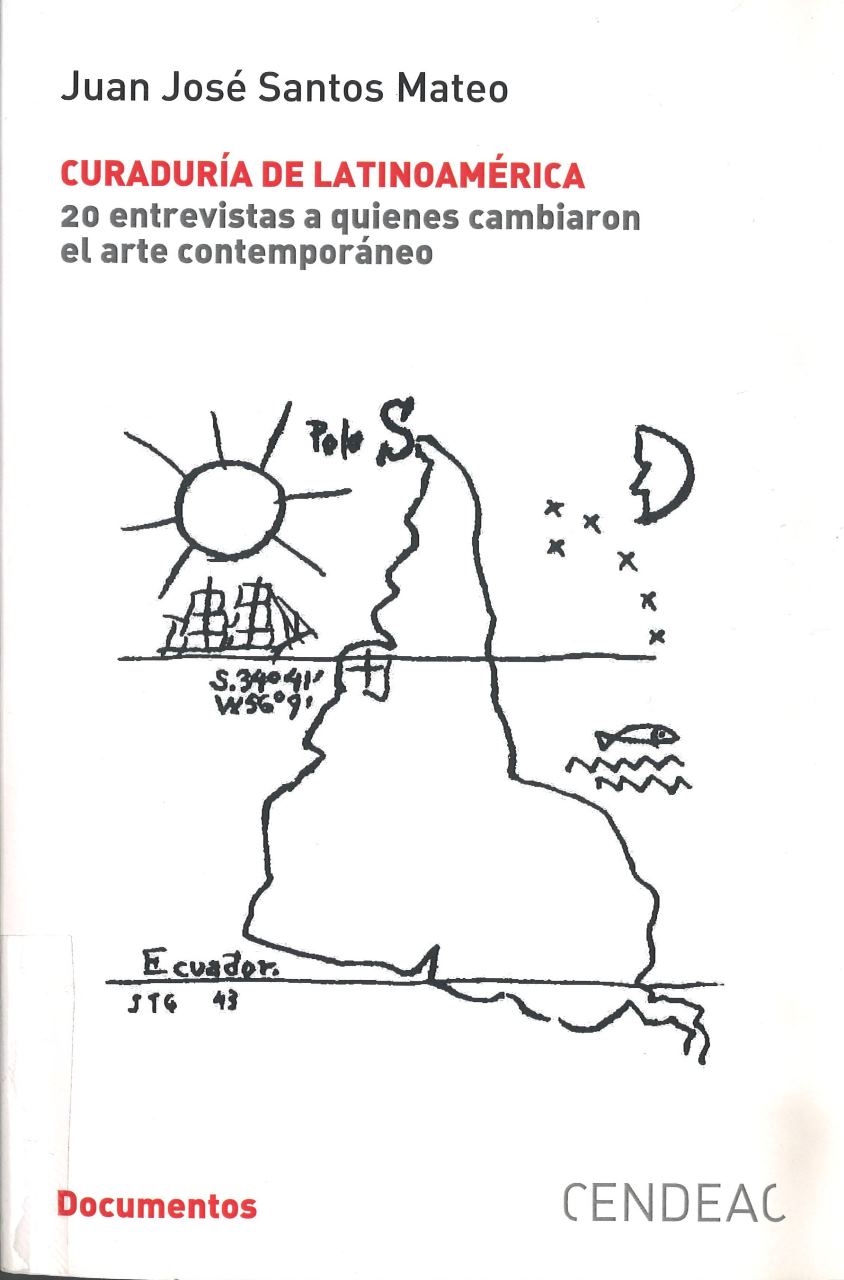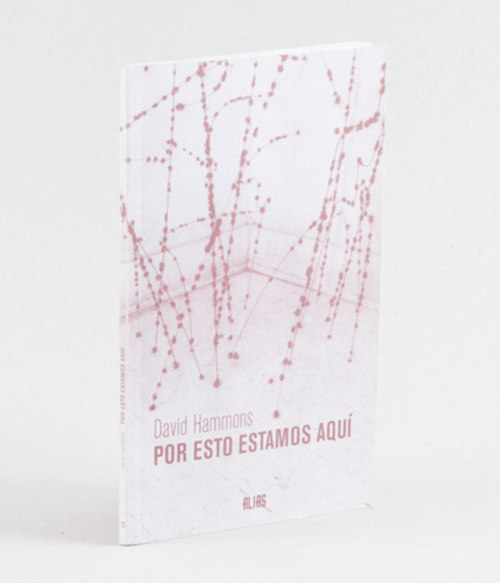Curaduría de Latinoamérica. 20 entrevistas a quienes cambiaron el arte contemporáneo (Curatorship of Latin America. 20 interviews to those who changed contemporary art)
Title: Curaduría de Latinoamérica. 20 entrevistas a quienes cambiaron el arte contemporáneo (Curatorship of Latin America. 20 interviews to those who changed contemporary art)
Publisher: Cendeac.
Author: Juan José Santos Mateo.
Edition: 2018.
Nº of pages: 398.
ISBN: 9788415556480.
18.00€
Estamos trabajando en nuestra web, de momento no es posible comprar libros través de nuestra tienda online. Para cualquier consulta escríbenos a info@artslibris.cat
Availability: In stock
The history of contemporary art is written from its exhibitions, and not all paradigmatic exhibitions have taken place in the United States or Europe. This compendium of interviews with the main curators of Latin America highlights the work of, among others, Paulo Herkenhoff, Gerardo Mosquera, Ivo Mesquita, Mari Carmen Ramírez, Luis Pérez Oramas, Cuauhtémoc Medina, Gabriel Pérez-Barreiro and Luis Camnitzer, through a critical analysis of the exhibitions that changed the course of artistic practice in and outside Latin America. From the Havana Biennial to Losing Human Form, through the mythical 1998 Sao Paulo Biennial or the influential Inverted Utopias, this book also aims to recall lesser-known experiences, but no less valuable; Roberto Jacoby’s Museo Bailable, Pablo León de la Barra’s Museo del Cerro or Rosina Cazali’s Horror Vacui are some of them. Trying to cover all the countries in the region, as well as all the possible artistic practices, “Curatorship of Latin America” goes deeper into the way of thinking and acting of the most relevant curators, discovering the vicissitudes, changes and advances they promoted in the curatorial field. The interviews are preceded by an introductory essay that provides background information and contextualizes the practice of curating contemporary art exhibitions in the continent. This book does not have an academic vocation, although its didactic contribution for historians, researchers, art curators, critics, artists, and lovers of contemporary art cannot be ignored.






